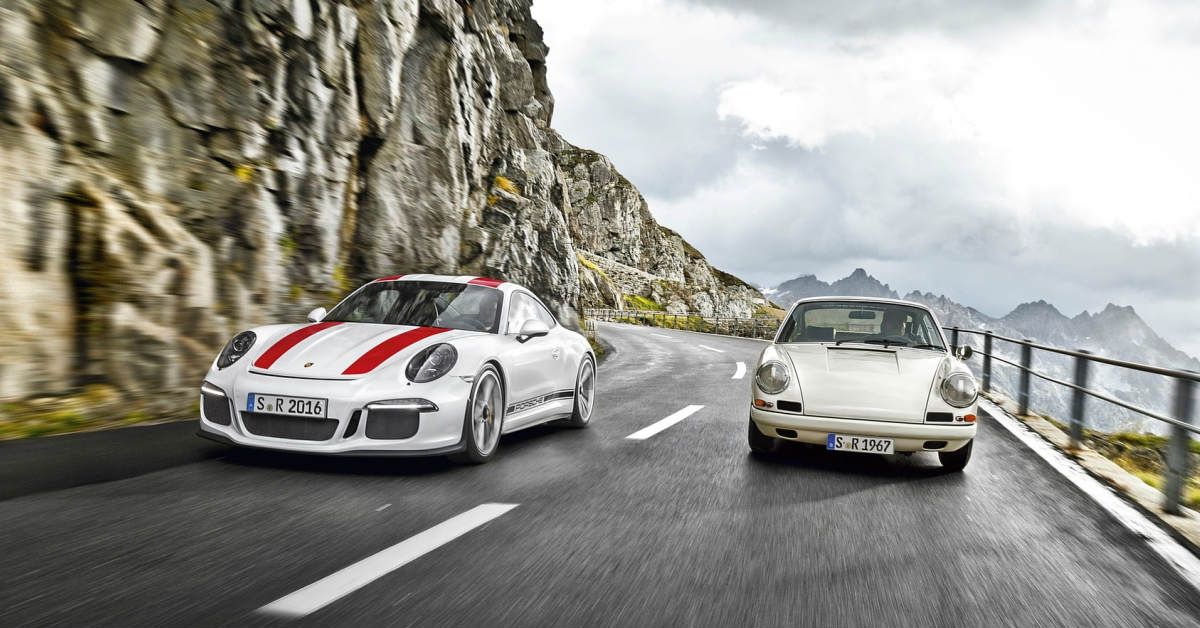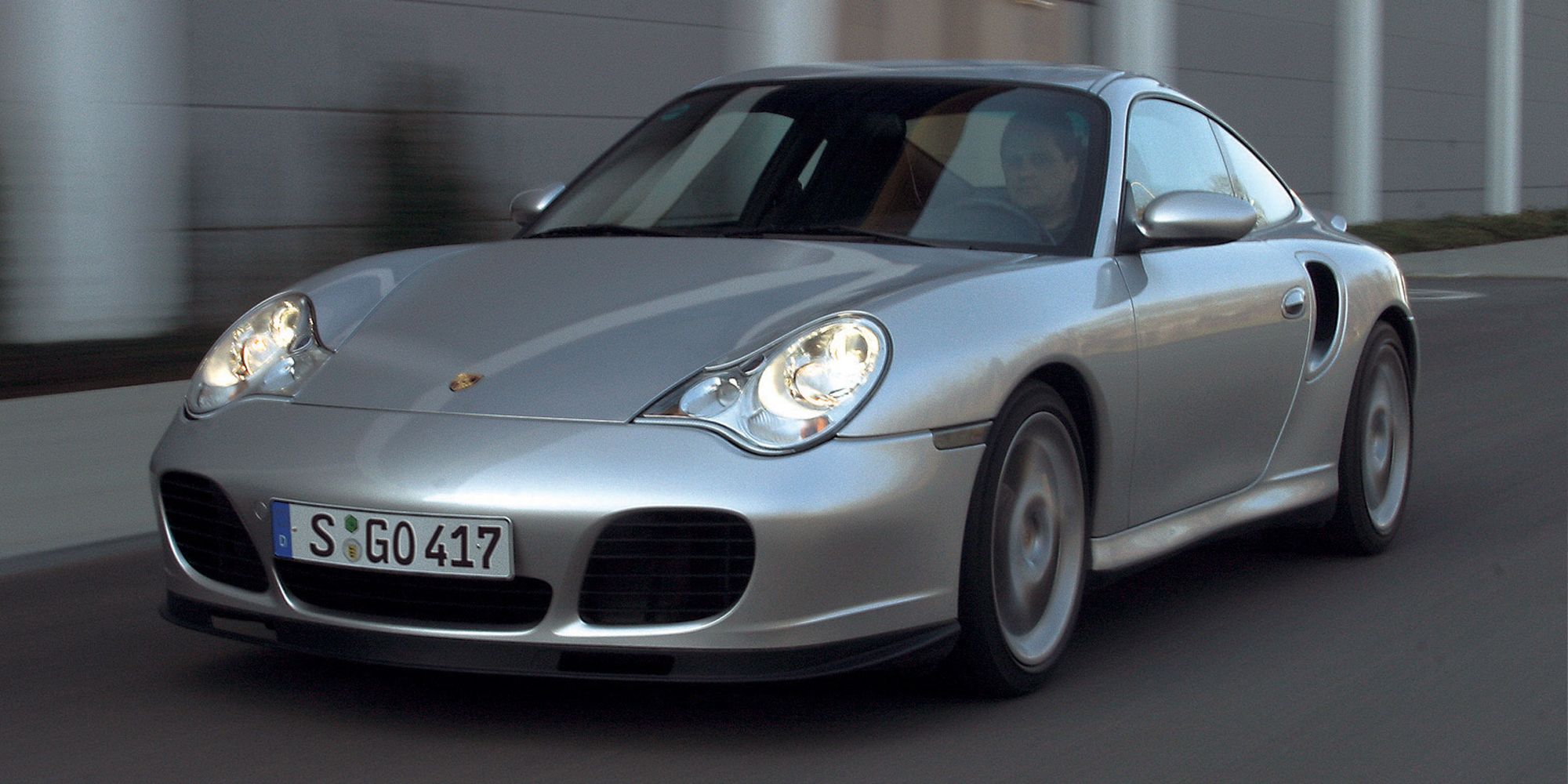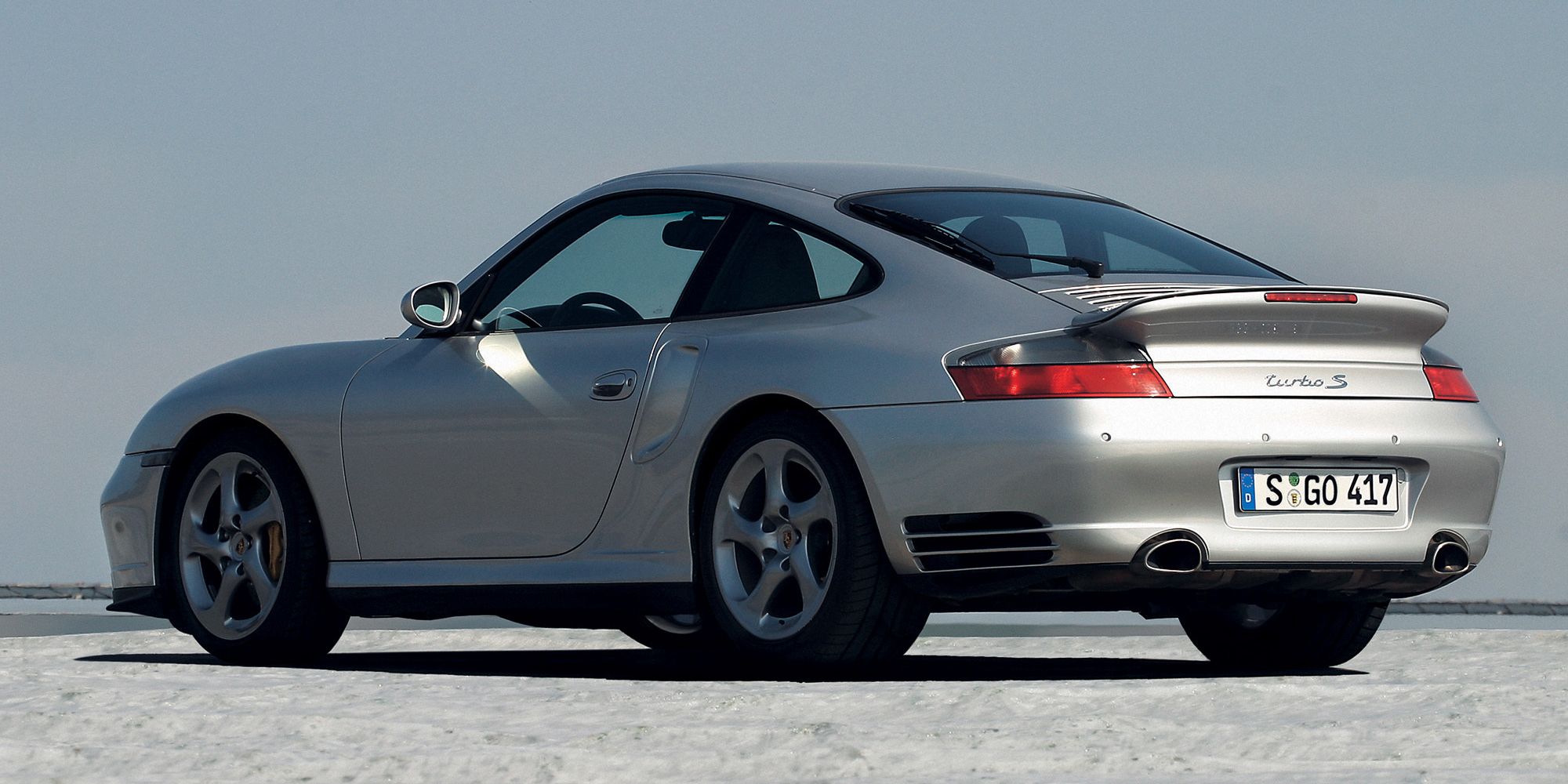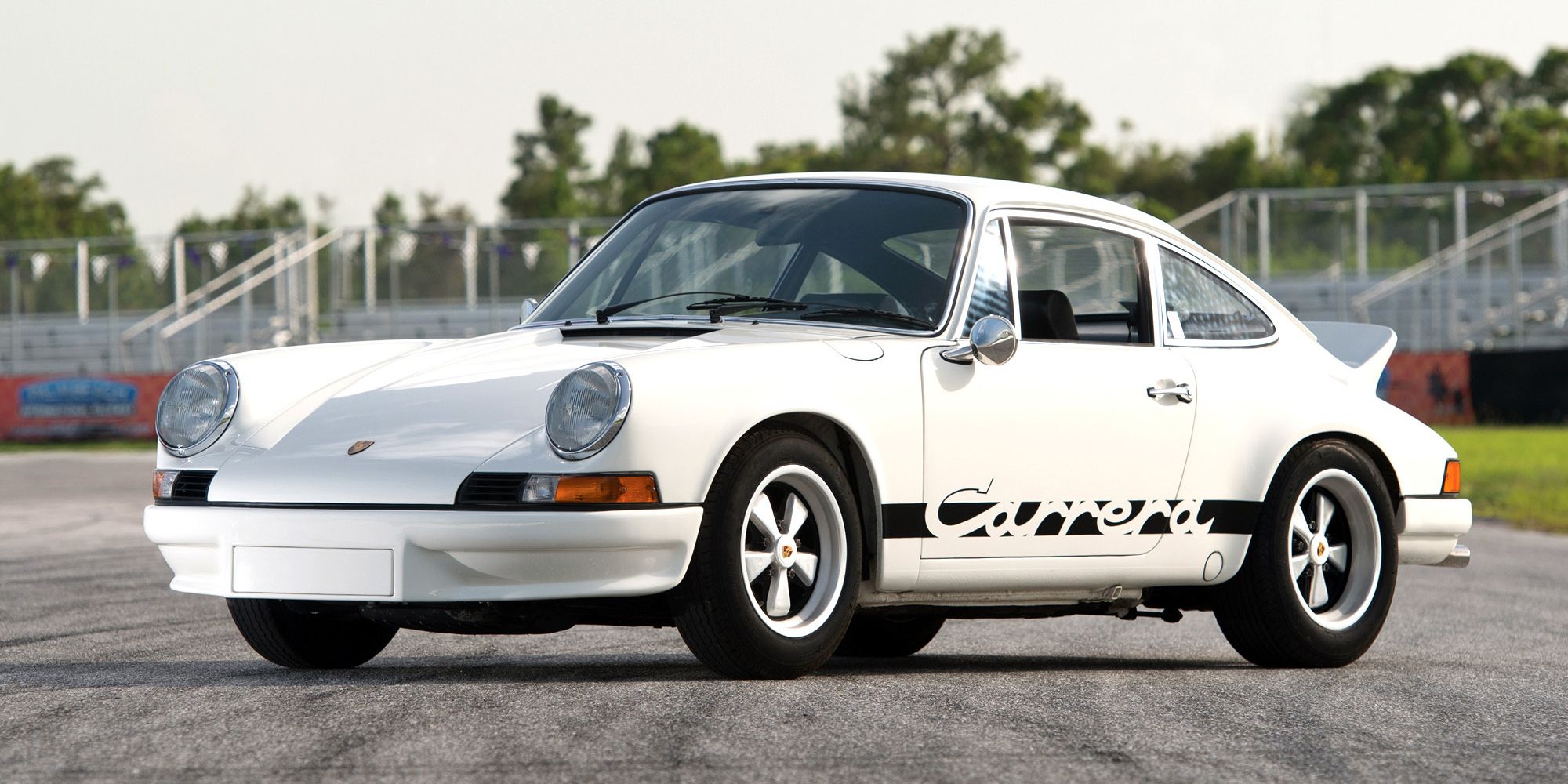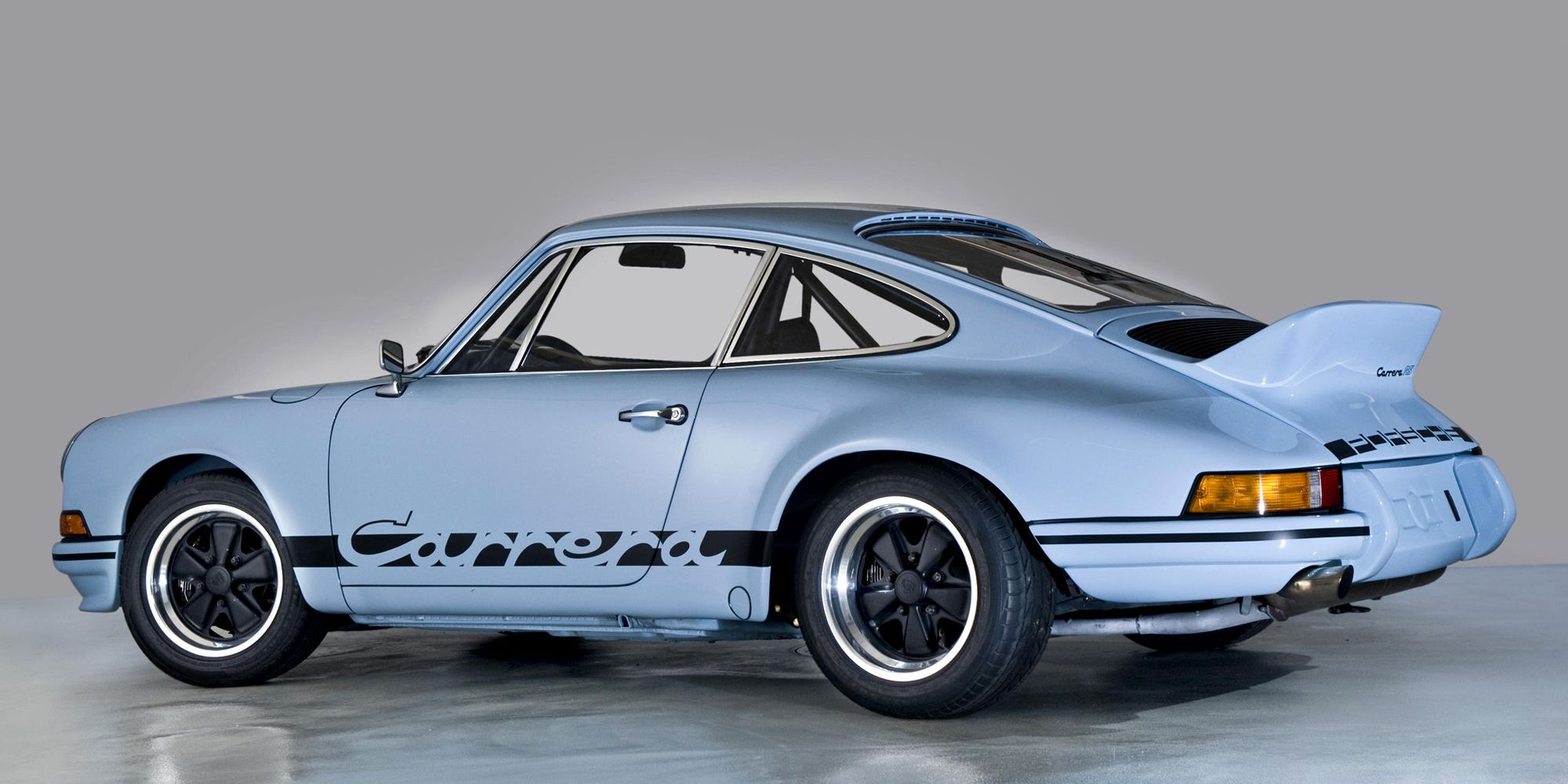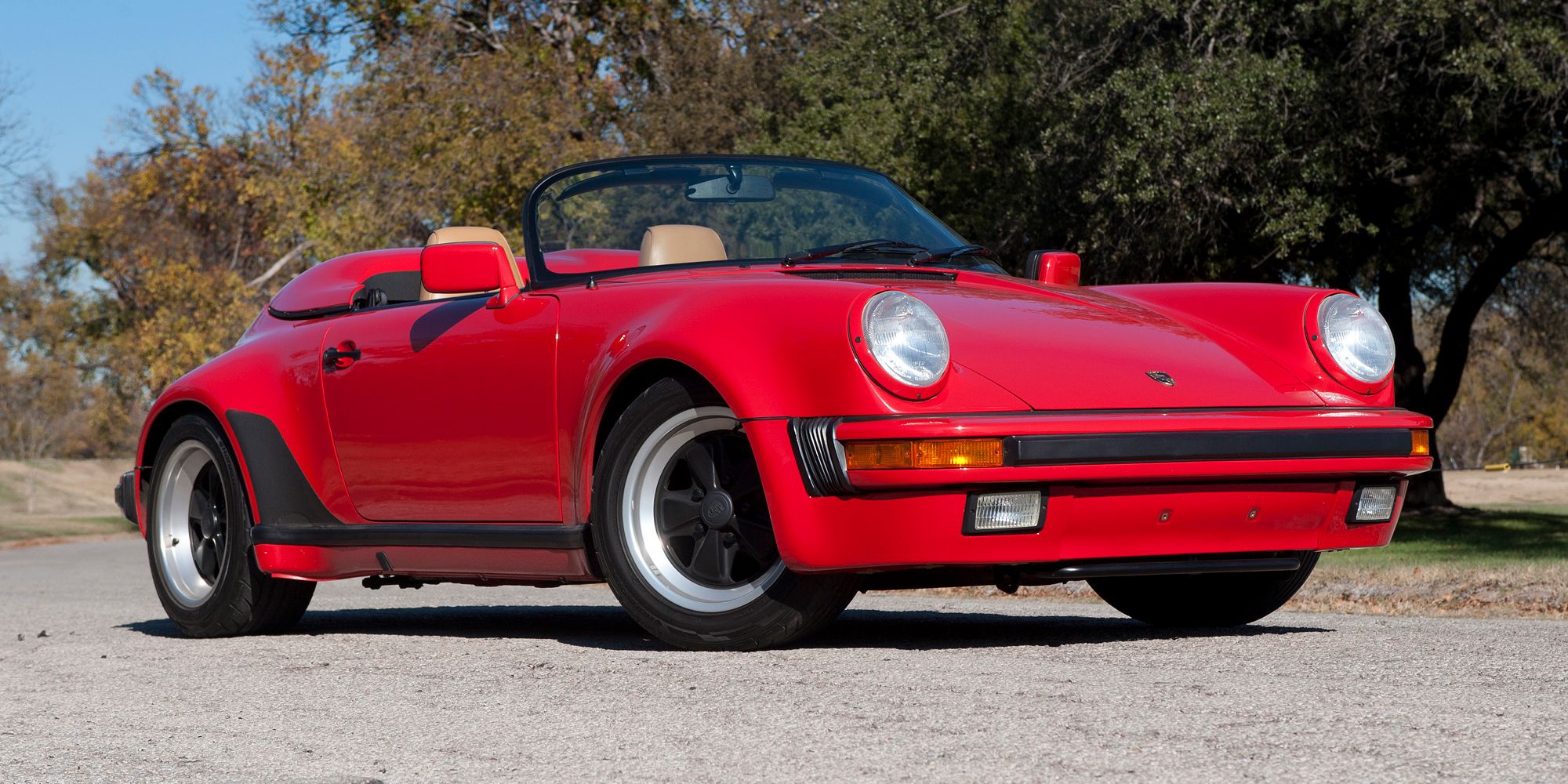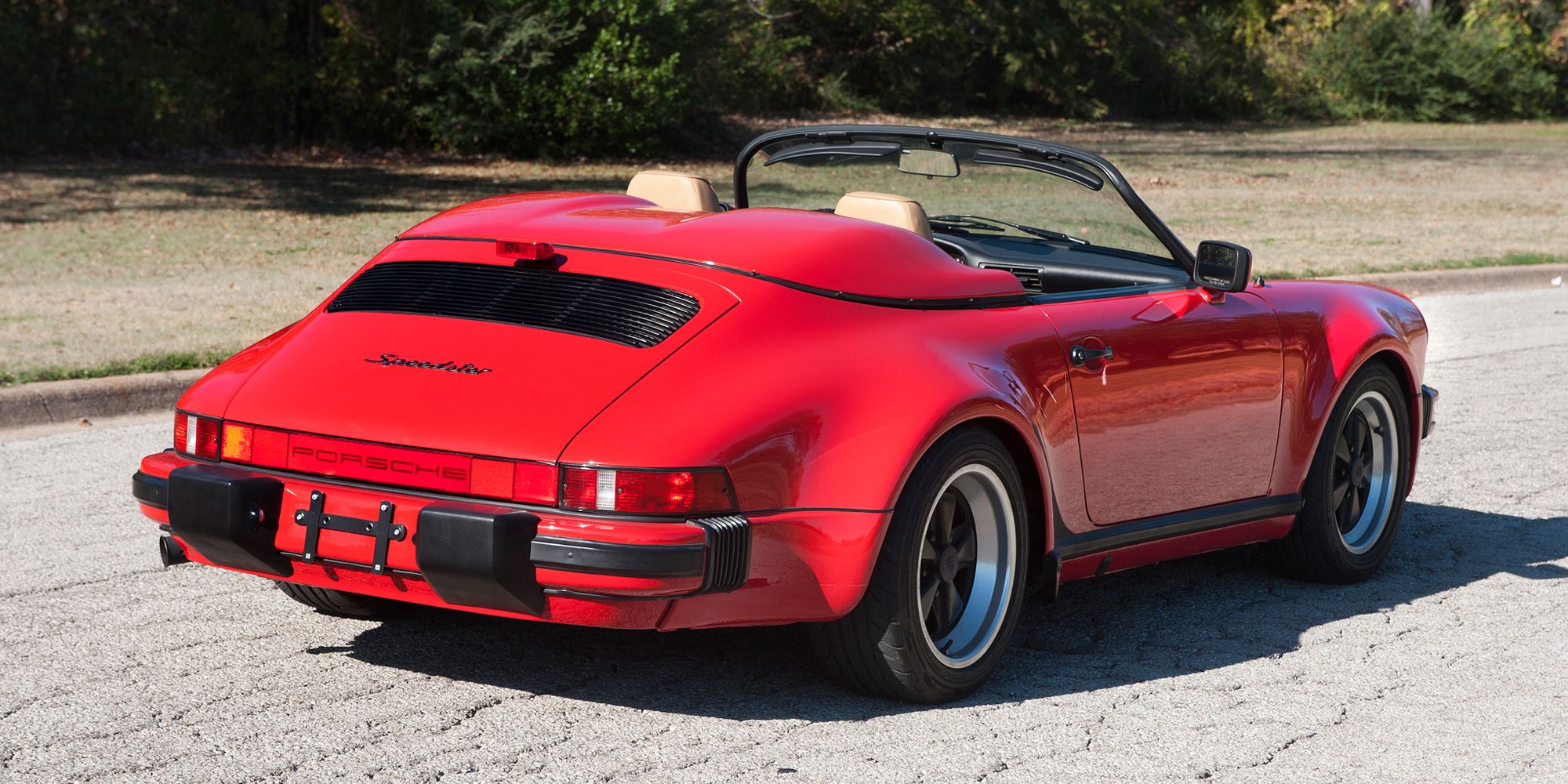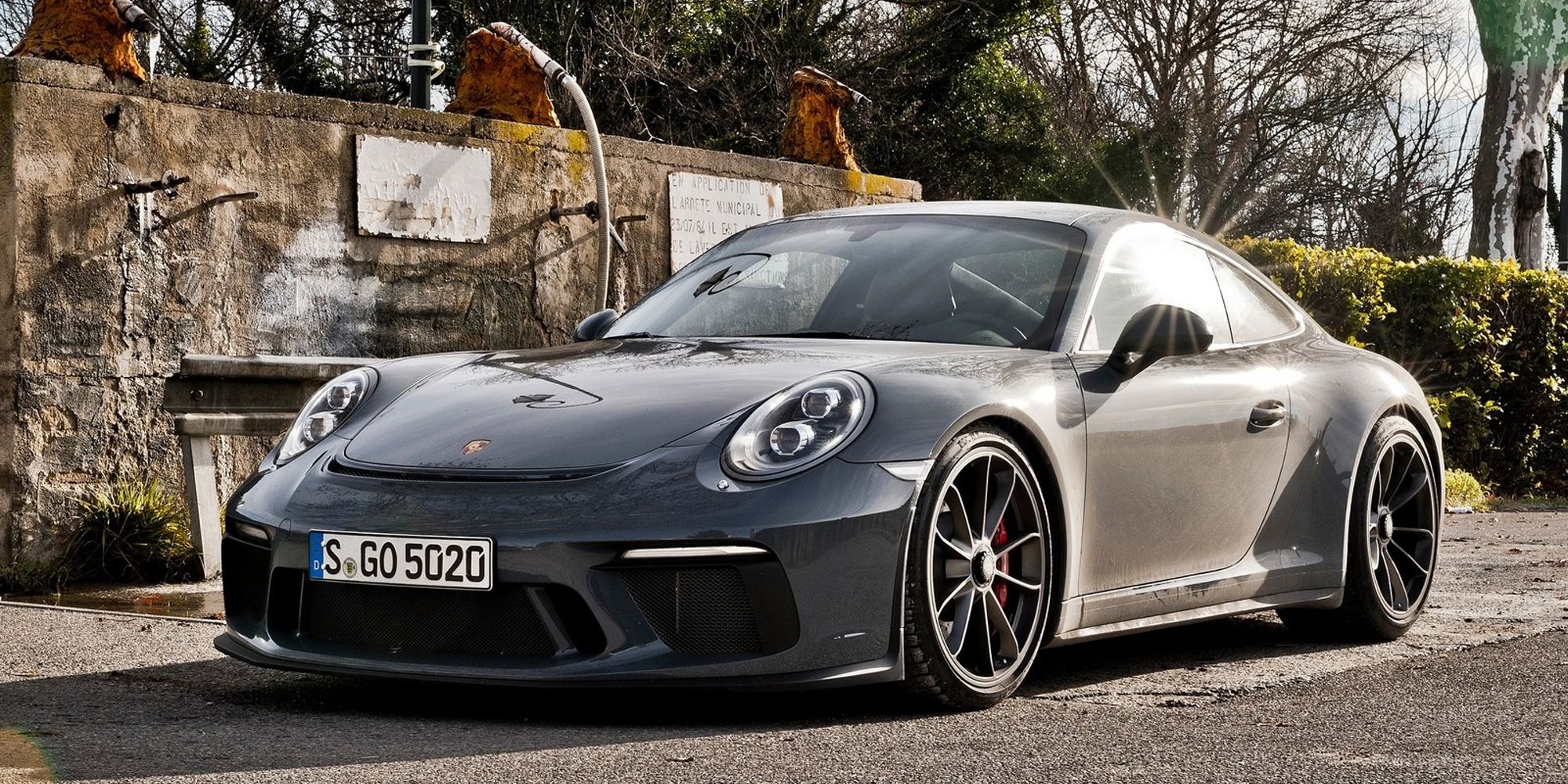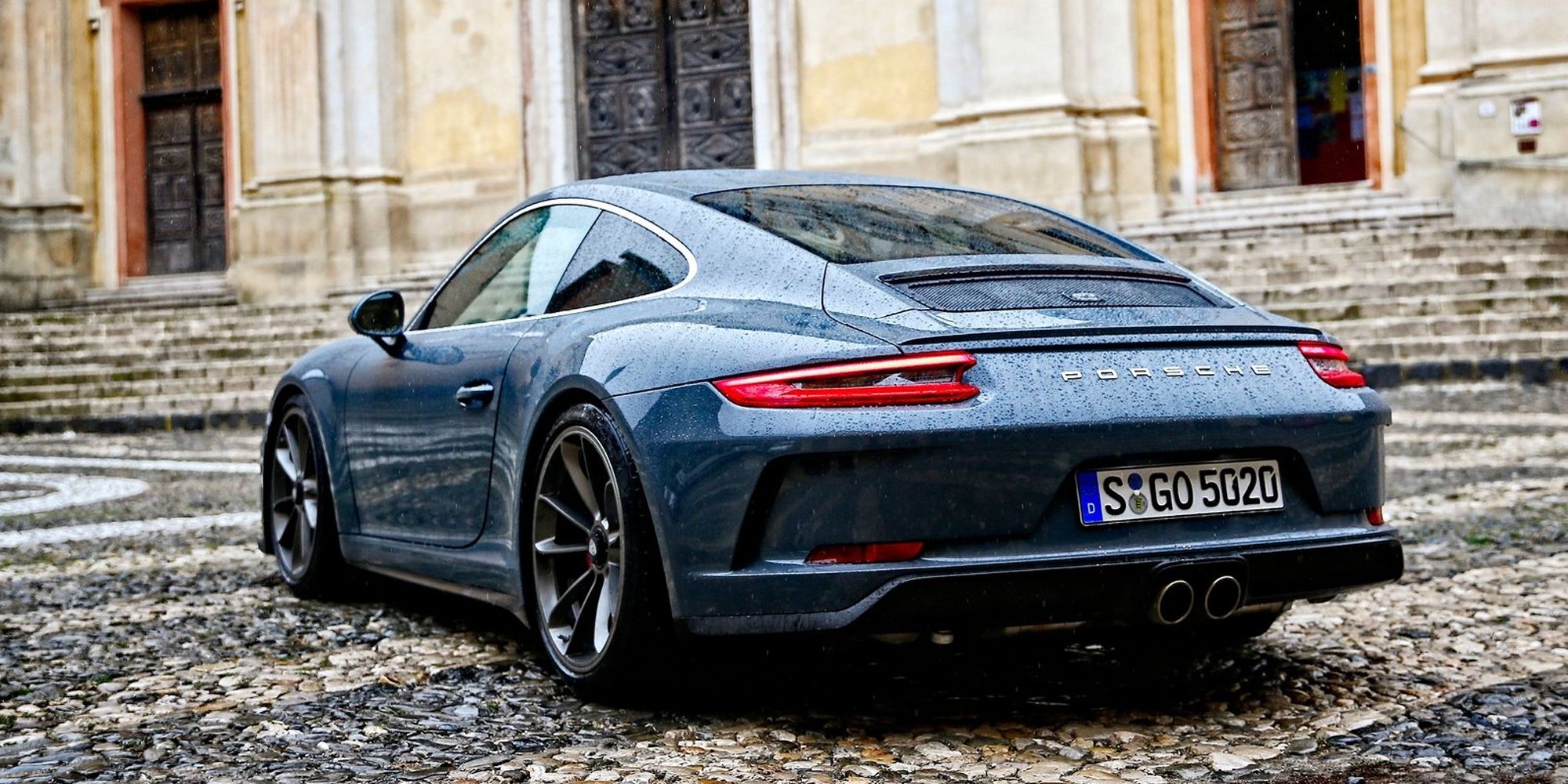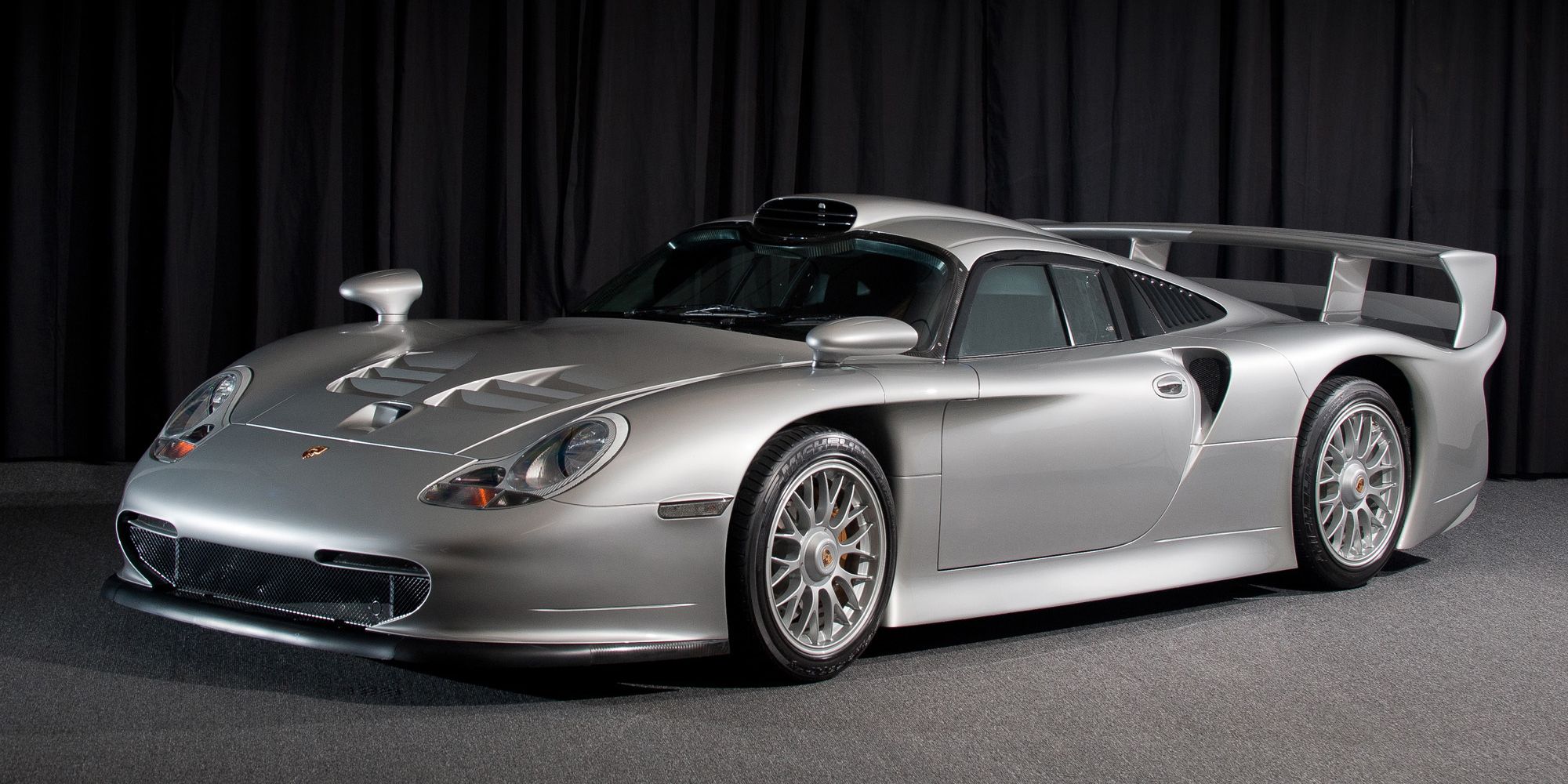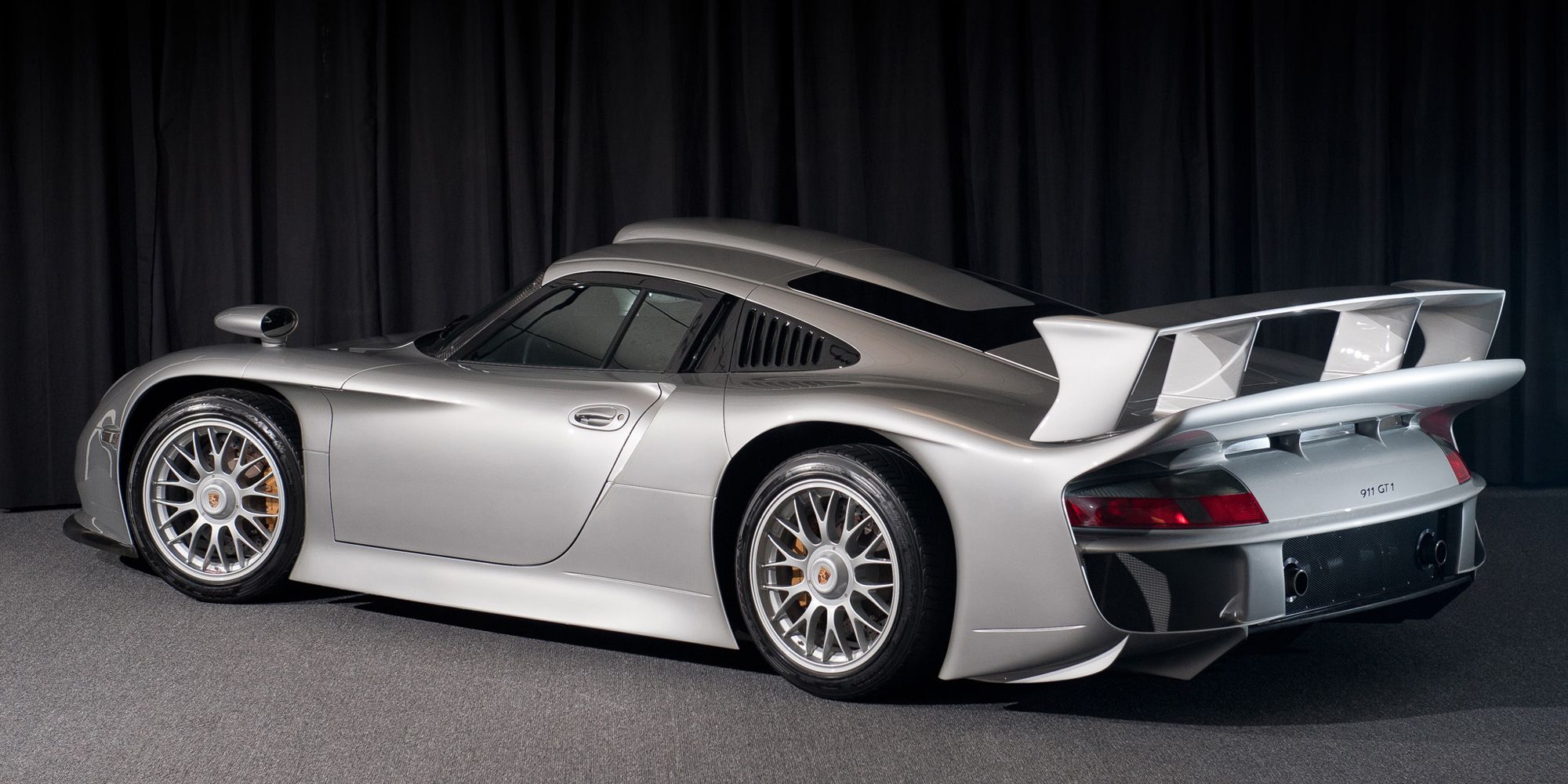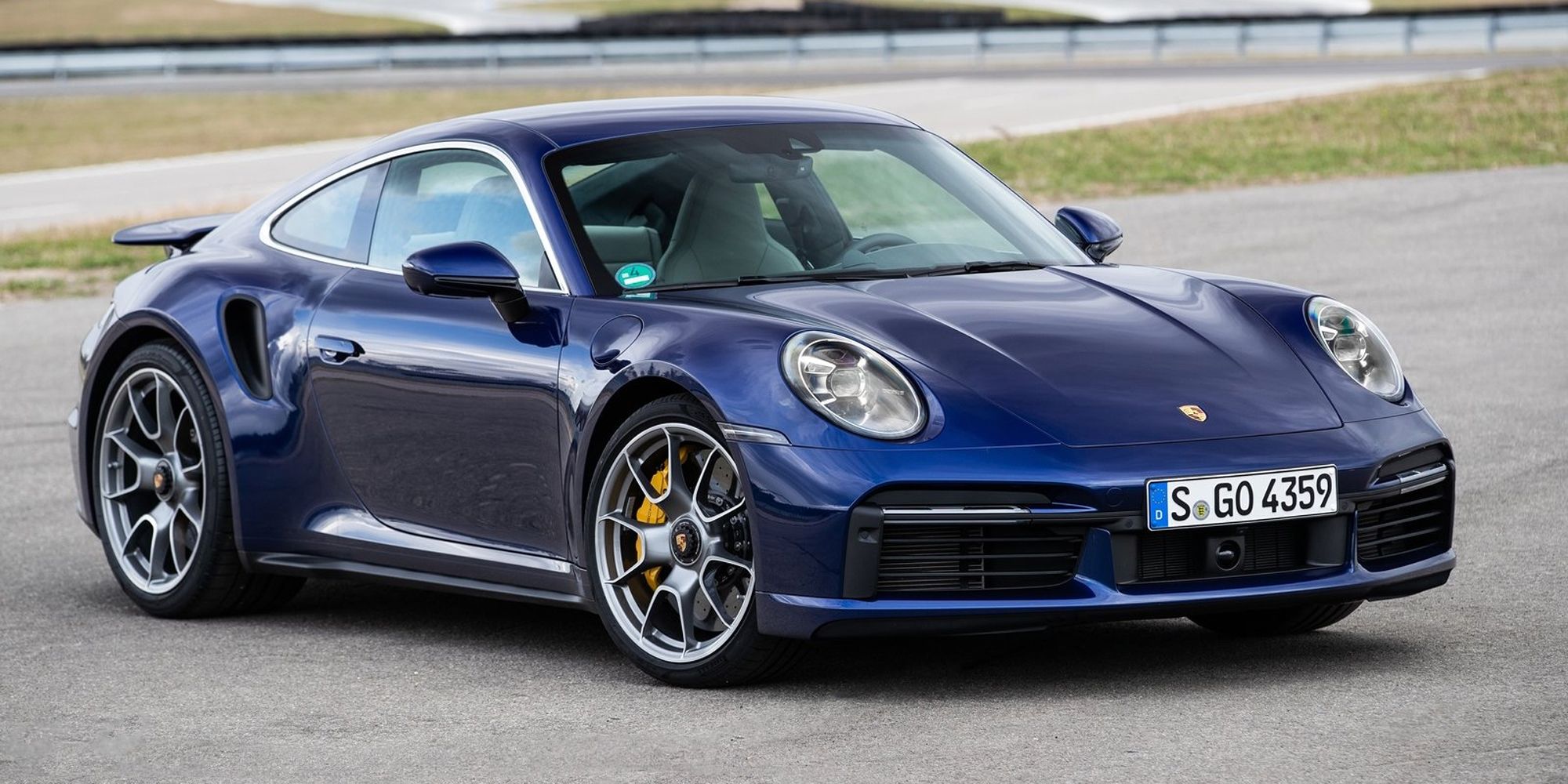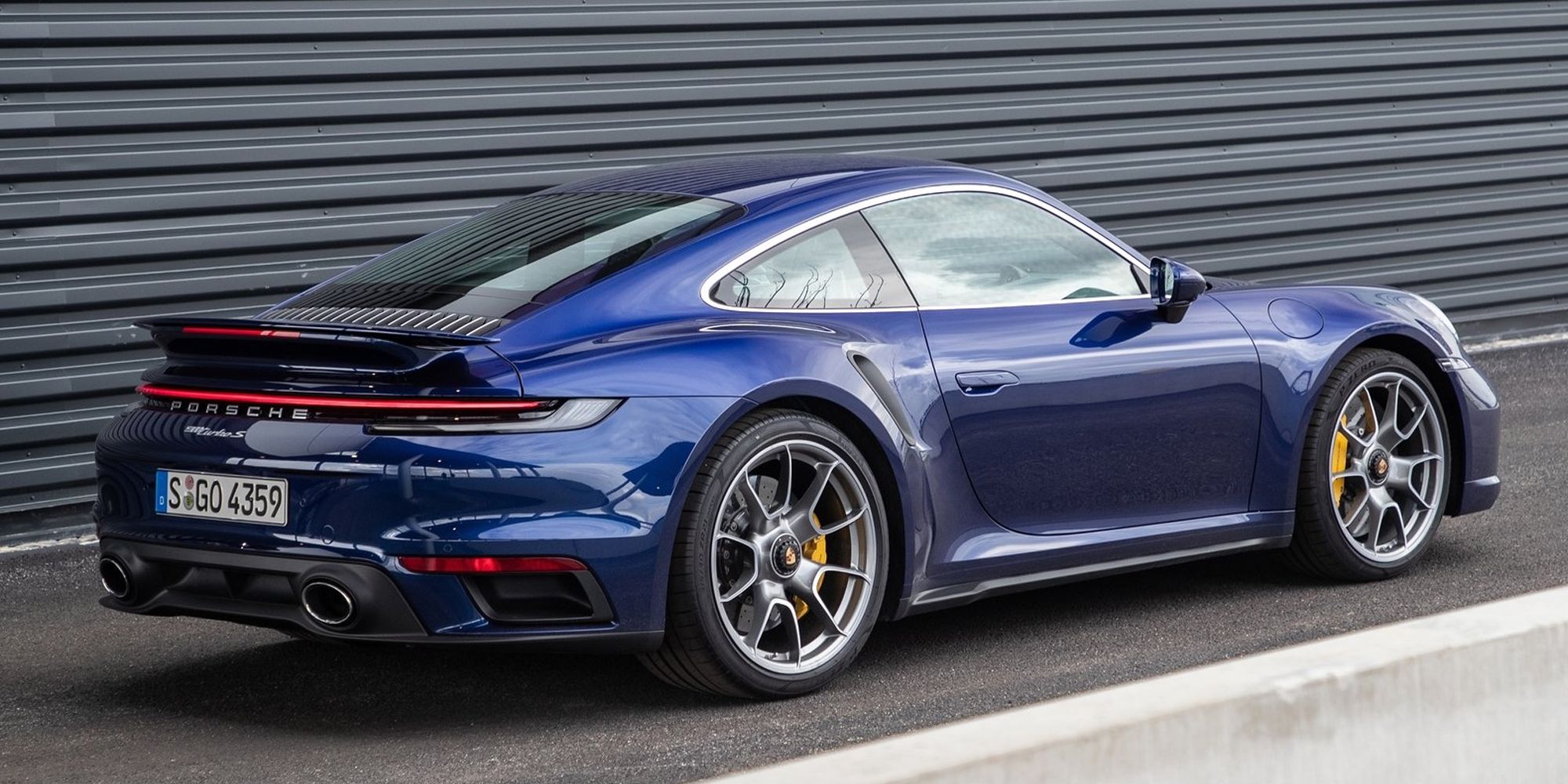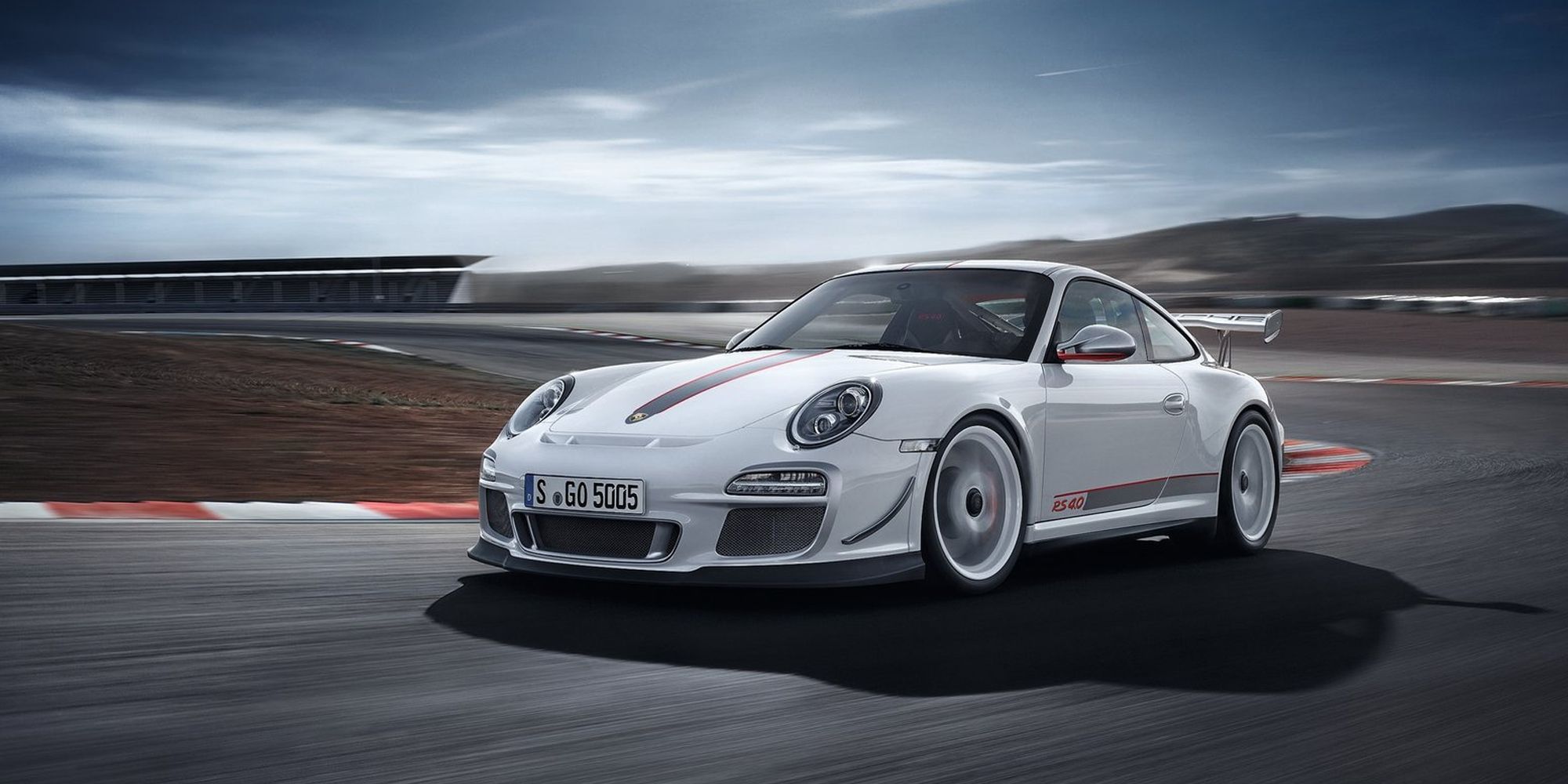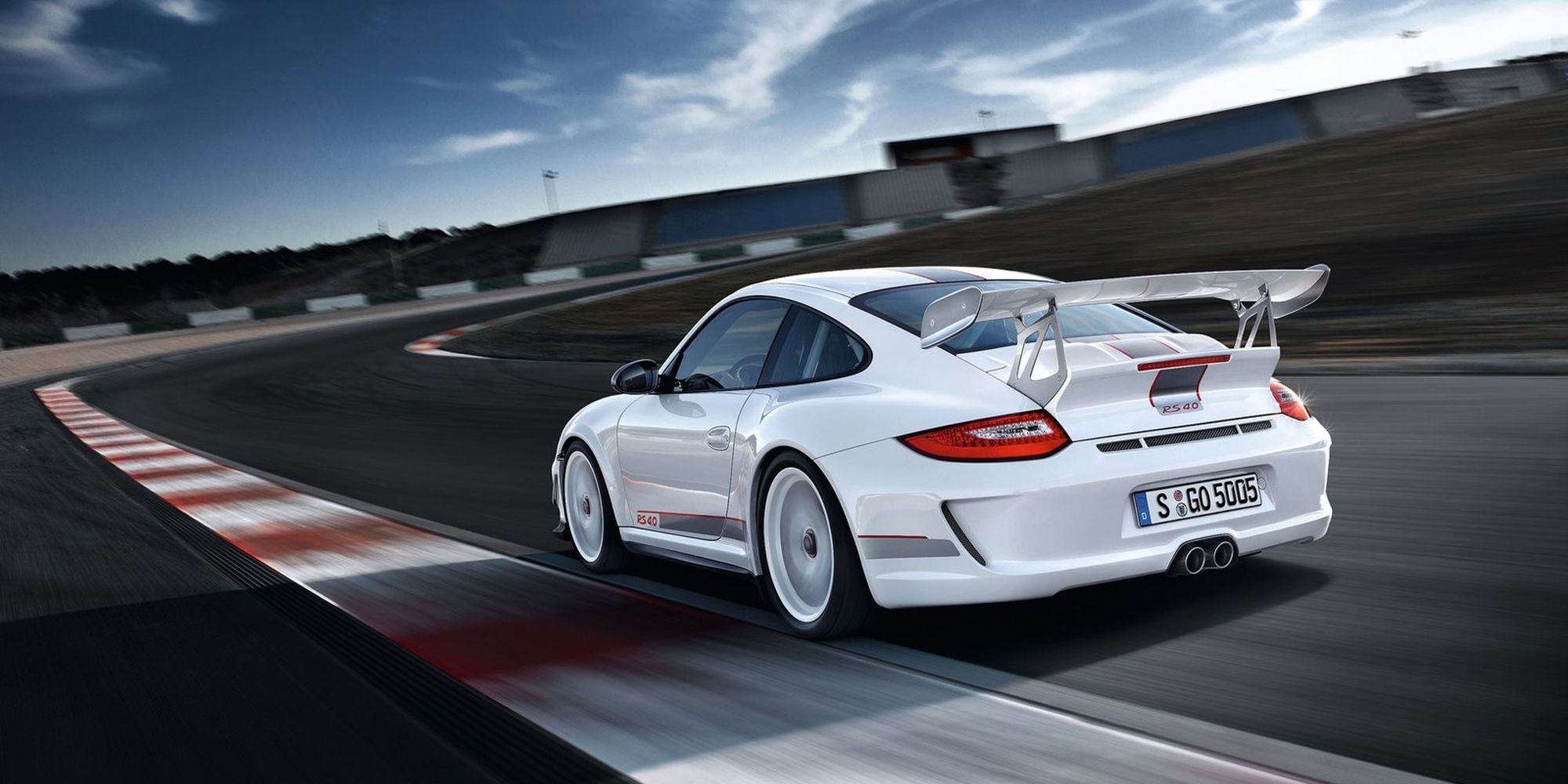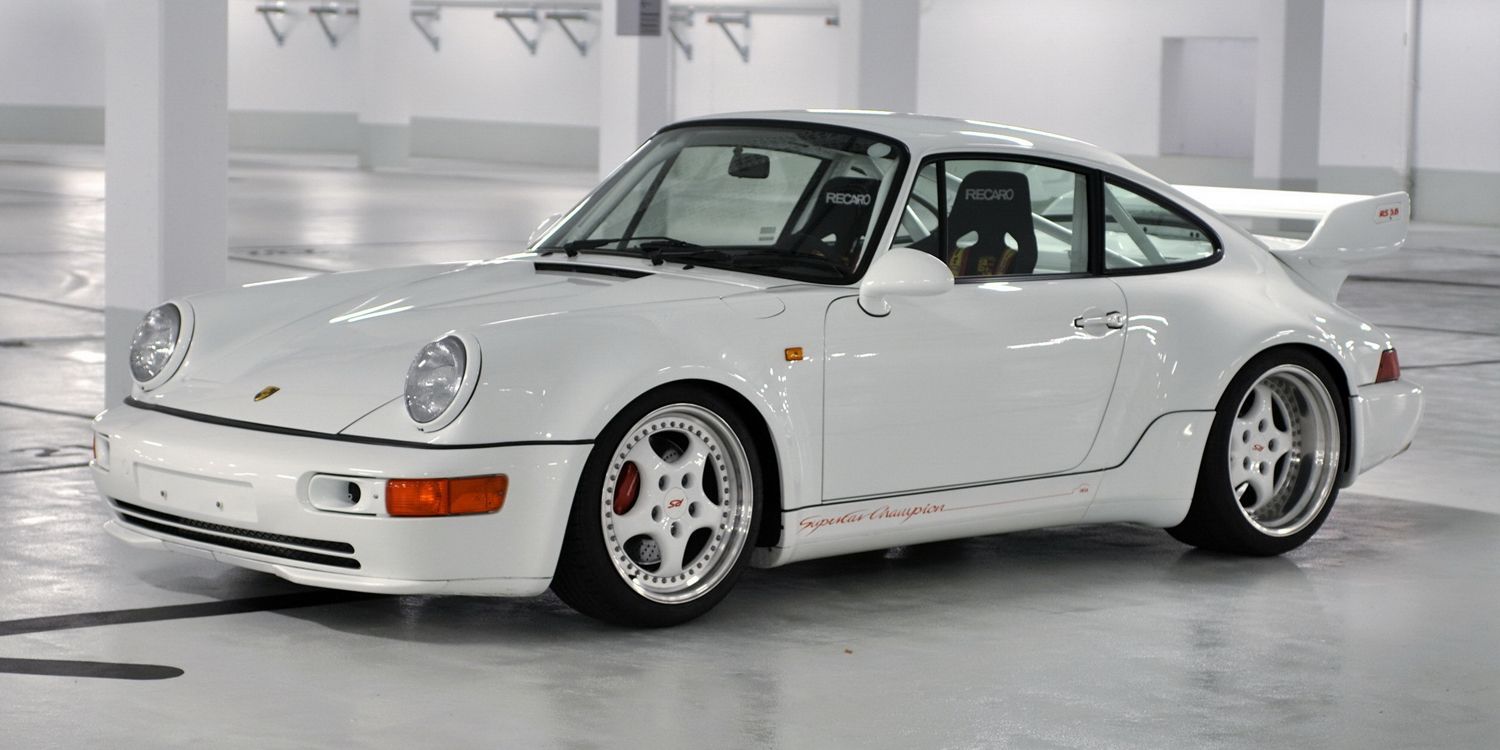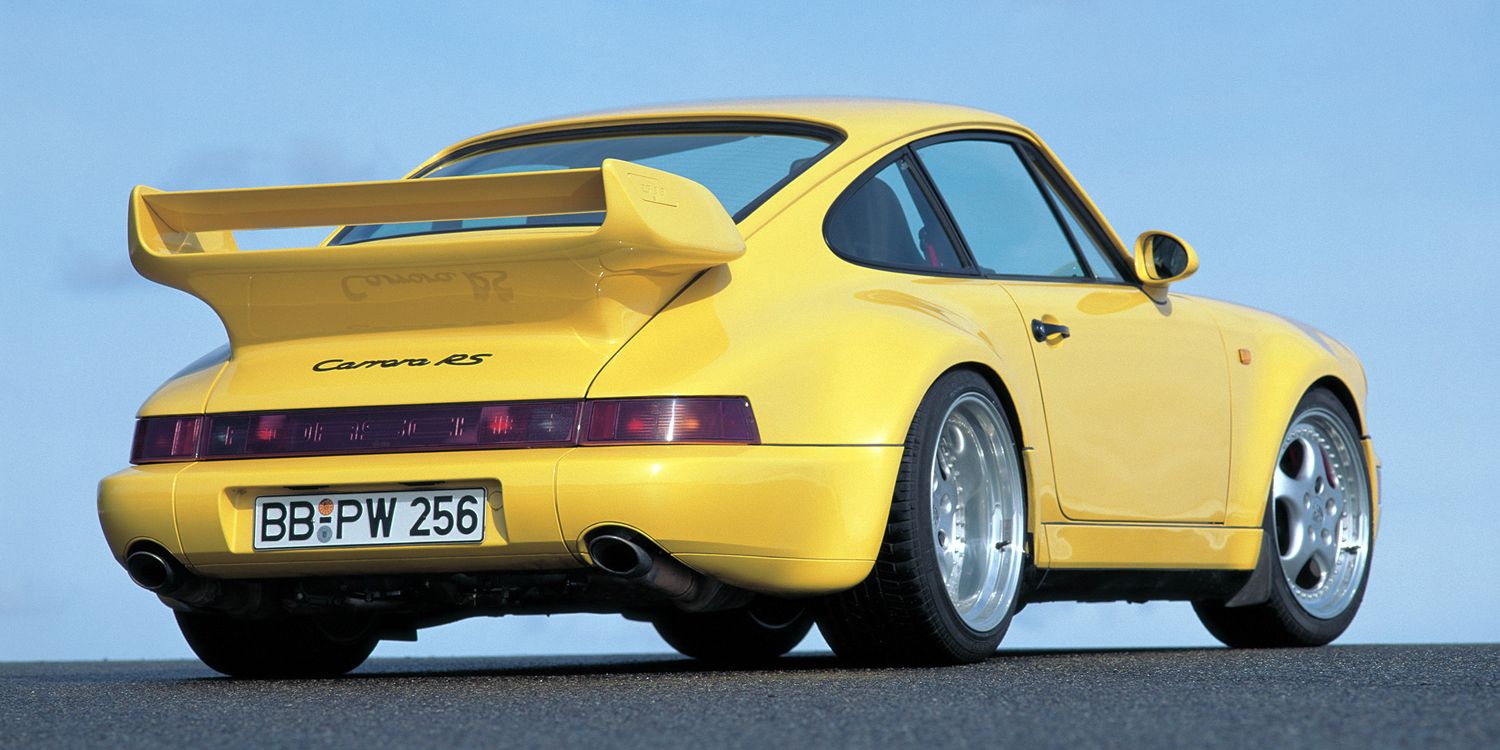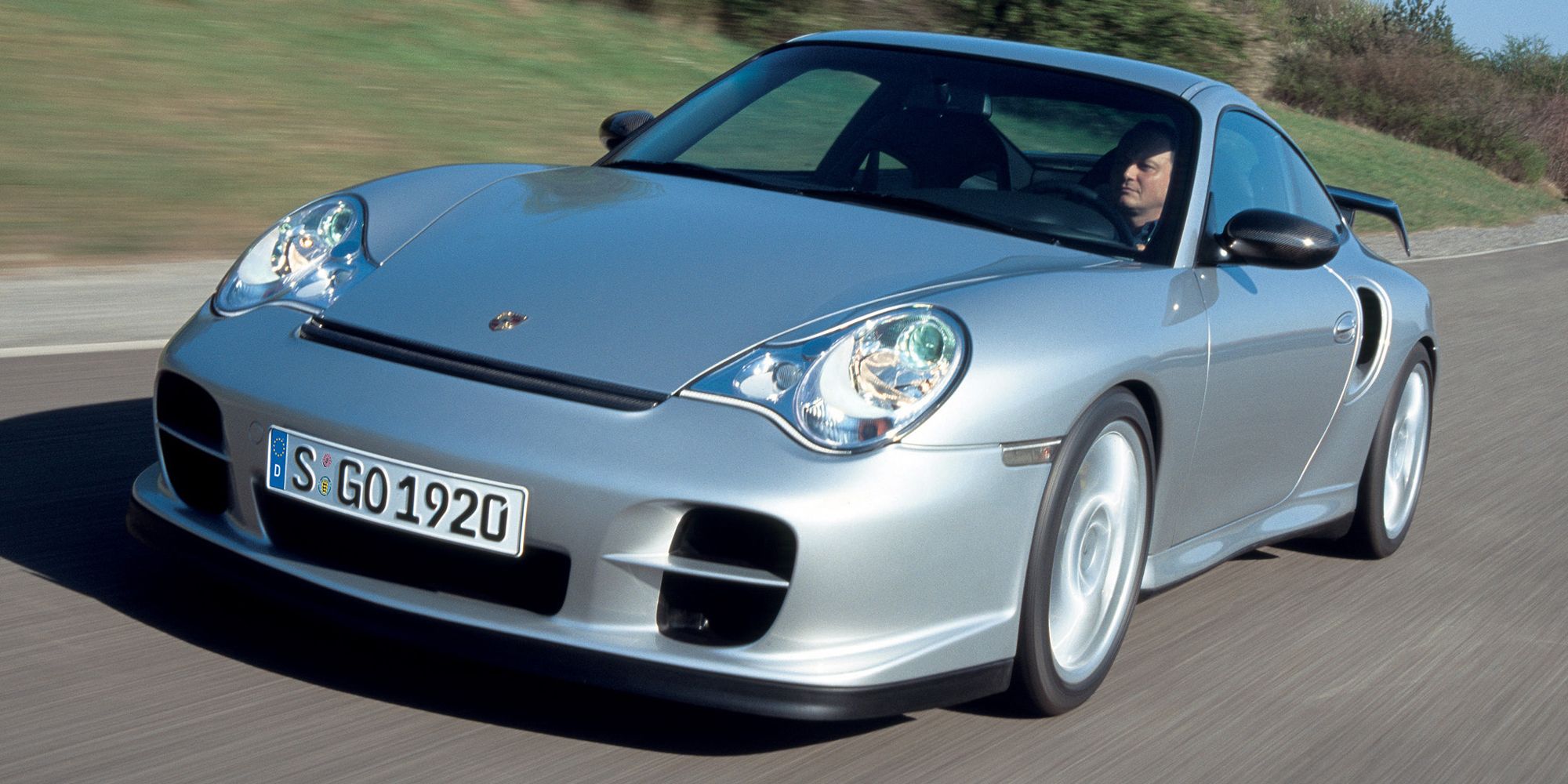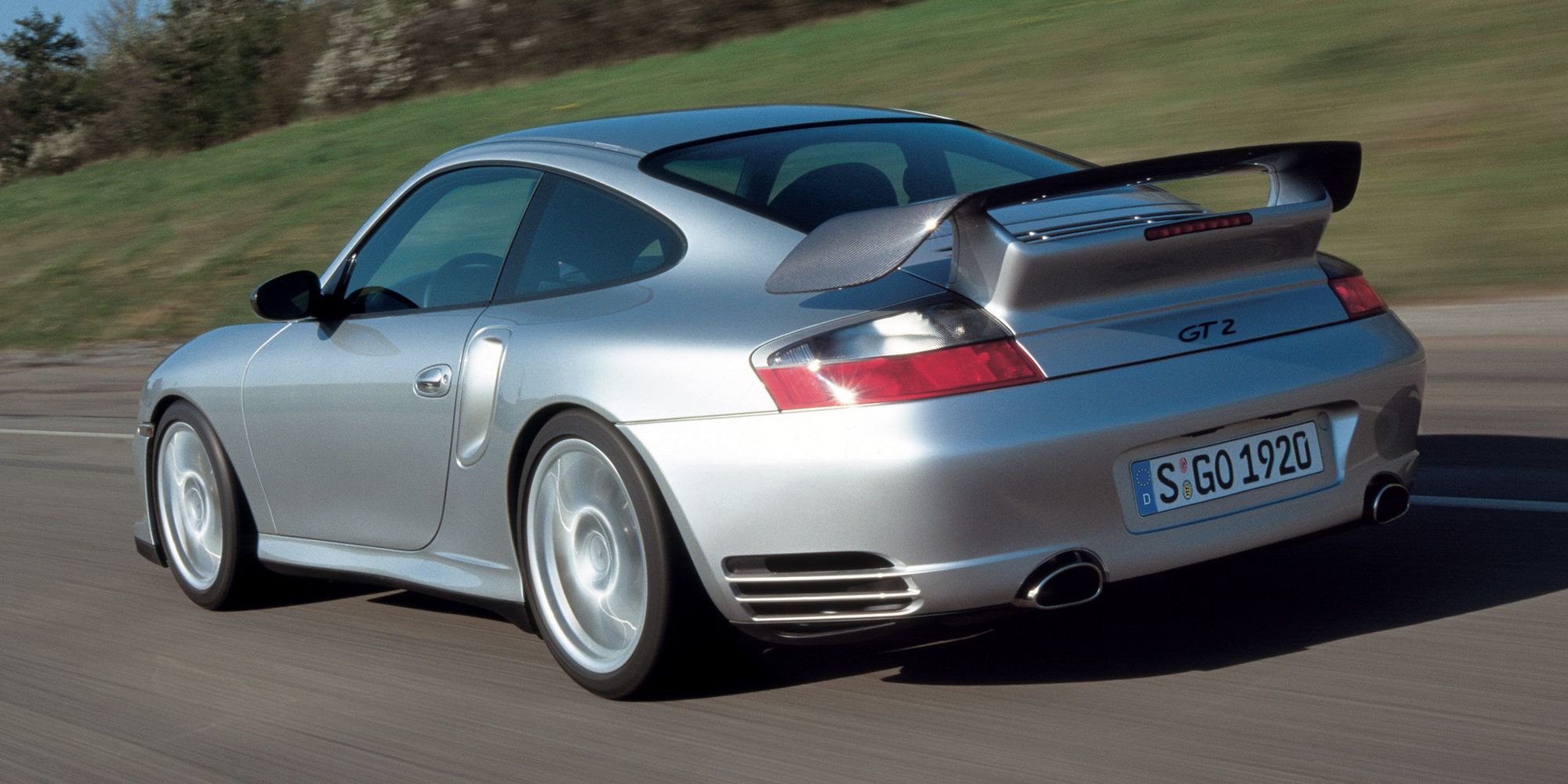There have been hundreds of amazing sports cars over the years. In a lot of ways, sports cars are everything an enthusiast wants from a car. A lot of them are relatively affordable, they're great fun to drive, most of them are good to look at, and they're pretty easy to daily drive. On the topic of sports car royalty, one of the undisputed kings is definitely the Porsche 911.
Launched in September 1964, the 911 has always looked basically the same on the outside. It has always used a flat-6 engine mounted in the rear of the car. Earlier models were seriously unstable, but over the years, the formula has been perfected, creating one of the best sports cars you can buy. The near-six decade history of the Porsche 911 is full of cool models definitely worthy of a spin.
10 Turbo S (996)
What's that? It's the sound of the 911 purists leaving the room, as a lot of them cannot stand the 996 generation 911. That was mostly because of the switch to water-cooling, the slightly strange headlight design, and later on, the IMS problem that plagued these cars.
More recently, people have grown to love the 996, and the Turbo S is one of the best of the breed. The widebody 996 is arguably the better-looking one, and the Turbo S ups the ante with more aero bits and those twist wheels to die for. The 444 hp flat 6, which is exempt from the IMS issue in this configuration, allowed for a 0-60 time of 4.2 seconds and a 191 MPH top speed. The best part? This is one of the cheapest ways to get into 911 ownership.
9 930 Flachbau
If there's one thing that the Porsche 911 is known for in terms of exterior styling, it's undeniably the round headlights. Despite how much the 911 has evolved, the circular headlights have remained an integral part of it. The only exception are the race derivatives, such as the 935.
In the 1980s, the CEO of high-end watchmaker TAG Heuer commissioned a 930 911 with 935 exterior parts. Eventually, Porsche started offering a flachbau (German for "low-rise") package, which flattened the front end and replaced the circular headlights with pop-up units. This greatly improved aerodynamics, allowing the Slantnose 930 to reach a top speed of 174 MPH. Only 948 units were built, with 160 imported to the United States.
8 930 Carrera RS 2.7
After the racing accolades achieved by the incredible 917, Porsche wanted to tackle the CanAm race series in North America. They settled on Group 4, which allowed production-based cars with engines up to 3.0 liters in capacity. As if the 930 wasn't already fast enough.
The resulting car was based on the regular 911 Carrera, but the engine was stroked out to 2.7 liters, hence the RS 2.7 name. Horsepower rose from 190 to 210, and this was the first 911 model in history to use widened rear fenders, something that would become customary on later high-performance 911 models. Only 500 homologation cars were made, and as well as the improved performance, they were absolutely stripped of their mod cons.
7 930 Speedster
Yes, another 930. In some ways, it really is the definitive classic 911. The Speedster versions have become somewhat of a tradition in the 911's history, a tribute to classic Porsche models from years gone by, with the most recent one being the incredible 991.2-based Speedster.
The "Speedster" comes from the way the roof is designed. Well, more specifically, the fact that the car is meant to be driven with no roof at all, although there's a sort-of roof, resembling a tent, that you can put up if it starts to rain while you're on the move. Another way to spot a Speedster is that the rear seats have been removed, and a body-color piece of sheet metal covers the empty space up. The 930 Speedster also performed better than a standard 911, as it used the bigger 3.2-liter engine with parts from the 930 Turbo.
6 GT3 Touring (991.2)
A perfect example of how difficult the 911 range can be to understand. This car is out of the more modern era of 911, and it's a shame that it goes so unnoticed. Here's the rundown; the track-focused version of the 991 911 was the GT3, then there was the ultra track-focused 911 GT3 RS with the enormous rear wing.
But then, Porsche put together the 911 GT3 Touring Package. This gives you all the performance and most of the styling changes from the full-fat GT3 (minus the wing), but with the luxury from a regular 911. The tradeoff in weight isn't big enough to upset the screaming, 503 HP 4.0-liter flat 6, and mandatory manual transmission. No PDK here.
5 GT1 Straßenversion (996)
If you've ever looked at the 911 range, you've noticed that there's almost always a GT3, a GT3RS, a GT2, and then a GT2RS. You might be wondering, has there ever been a GT1? Yes, there indeed has, and it was a proper race car.
The original 911 GT1 was a race car designed to compete with the namesake racing class. Rules at the time demanded that a homologated road version needed to be built, and Porsche made 25 units of this insane 911-based race car. Some of the exterior bits came from a 996, most notably the headlights and taillights. The twin-turbo flat-6 put out 536 HP in the road car, and just 25 units were ever made.
4 Turbo S (992)
The latest Porsche 911 really is an evolution and perfection of the formula. Little bit more tech, a little bit more performance, a little bit more size and weight, and in true Porsche fashion, a little bit more money as well. The new Turbo S, however, is absolutely nothing to scoff at.
The 3.7-liter twin-turbo flat 6 makes 641 HP and 590 lb/ft of torque. Thanks to the lightning-quick PDK and AWD, the Turbo S can do 0-60 in 2.7 seconds. That might not sound all that impressive, but as Carwow's videos have shown on multiple occasions, the new Turbo S destroys just about everything at the drag strip. From what we've seen, it's pretty good in the corners and on the highway as well.
3 GT3 RS 4.0 (997)
Every 911 generation almost always ends with a Speedster model, or a variety of different ultra-limited special editions. With the 997 generation, Porsche took it to a whole new level with the incredible GT3 RS 4.0.
As well as the exterior changes, the 4.0 was powered by a 4.0-liter naturally aspirated flat 6, which used a dry sump system and developed 500 HP. A brand new 911 GT3 RS 4.0 retailed for around $180,000, and only 500 units were ever made. To this day, it remains one of the most revered and capable 911 models of all time.
2 Carrera RS 3.8 (964)
The RS 3.8 came from the era of pure 911 insanity. Jeremy Clarkson said that this is one car that actively tries to kill you. It was built only for the European markets, and by 964 standards, it was pretty serious.
The engine was a 3.8-liter air-cooled flat 6 with around 300 HP, and it was actually more powerful than the race car. It sprinted to 60 MPH in just 4.2 seconds, with a top speed of 174 MPH. All of that was possible thanks in part to the weight reduction measures; this car was completely devoid of any creature comforts, including power windows. The rear seats were also removed.
1 GT2 (996)
One way to understand the 911 GT series is by looking at the engine. The GT3 uses the 911's standard engine and combines it with all the weight reduction, whereas the GT2 models use the engine from the Turbo and combine that with the weight reduction. One of the best GT2s of all time is the 996.
The GT2 featured various aerodynamic components, and it remained rear-wheel drive because of class restrictions in GT2 racing. The engine was upgraded, so the power went up from 444 HP to 476. A 6-speed manual was mandatory, and carbon-ceramic brakes were also available, resulting in one of the most visceral sports cars of the 2000s.

